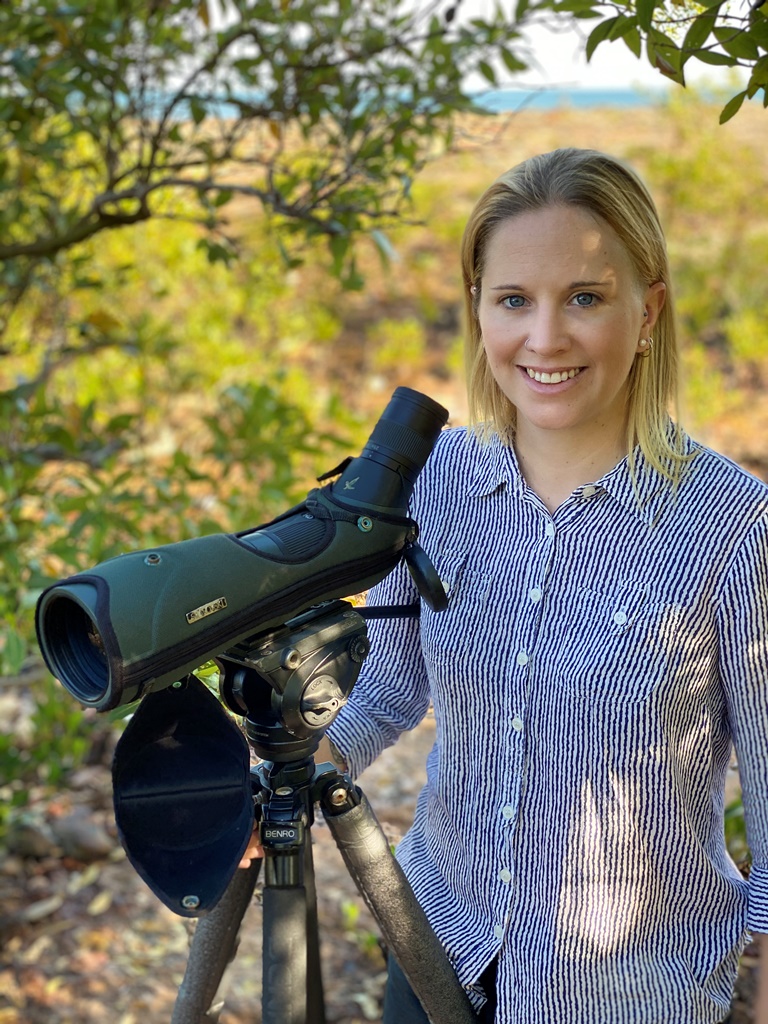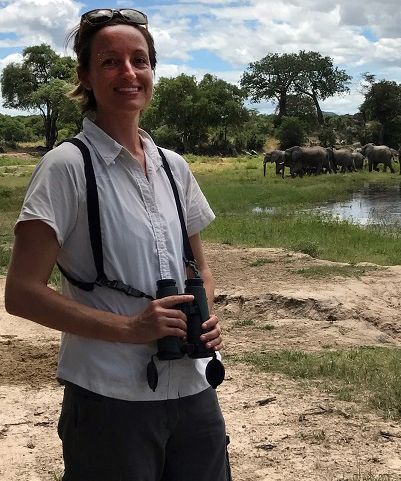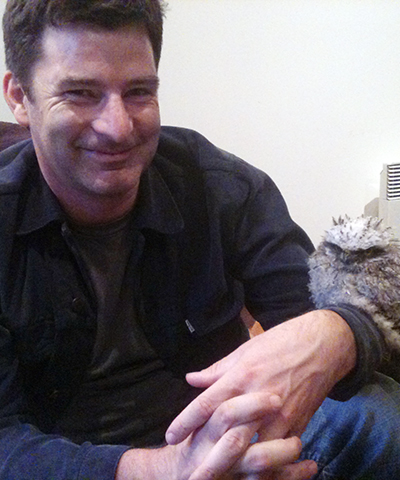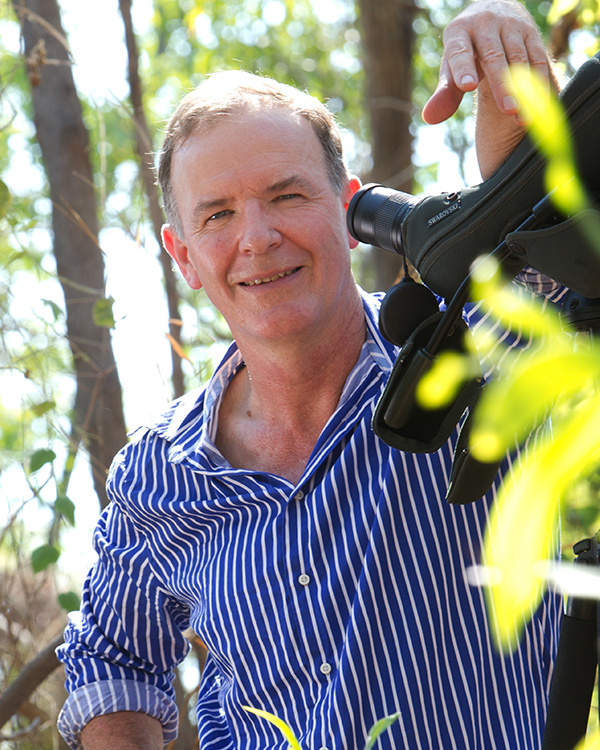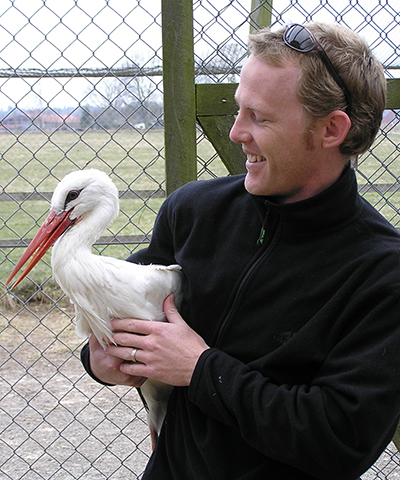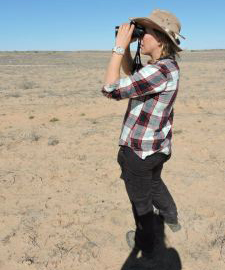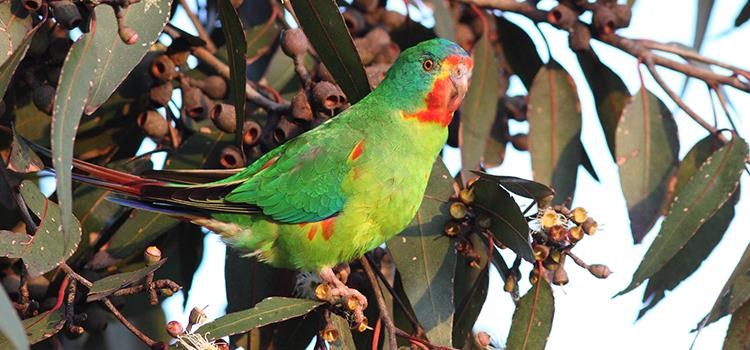
Project: 3.1
Developing a threatened species index
Project Leaders: Micha Jackson , Ayesha Tulloch , Elisa Bayraktarov , Hugh Possingham
Research in Brief
This project will develop and evaluate a set of indices that can provide reliable and robust measures of population trends across Australia’s threatened species. This will support more coherent and transparent reporting of changes in biodiversity across national, state and regional levels.
Why is the research needed?
Threatened species conservation frequently involves monitoring individual species or ecosystems. However, to date little has been done to facilitate monitoring and reporting at a national level on overall trends for threatened species or key groups, such as birds.
In addition, Australia lacks the capacity to holistically report on the broad status of biodiversity in Australia, as is routinely done for the economy.
The current absence of national reporting on trends in Australia’s threatened species and ecological communities has major policy and management consequences.
For example:
- Difficulty or inability to report on international conservation targets, e.g. Aichi Target 12
- Difficulty reporting at a high level on the benefits of conservation investments and policy
- Difficulty robustly identifying the highest priority areas, species and threats at a national level
- Reporting is more likely to be fragmented (e.g. state-based) and incoherent
- There are no robust indicators of biodiversity conservation that can be used to complement existing national indicators of economic and social parameters of our society, e.g. stock market indices, gross domestic product, or unemployment rate
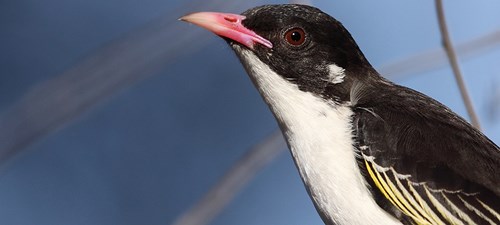 Image: Painted Honeyeater. Photo: Andrew Silcocks, BirdLife Australia
Image: Painted Honeyeater. Photo: Andrew Silcocks, BirdLife Australia
How will the research help?
The project will, for the first time in Australia, develop an index that can provide reliable and robust measures of trends across Australia’s threatened species, and allow for interrogation. Interrogation would allow comparison of trends: between different taxonomic groups; between species affected by the same threatening process; or in relation to management investment and intervention type. The development and application of such indices will allow for Australian governments to report internationally on biodiversity trends, measure robustly the success of headline strategies and refine those strategies accordingly, measure return on biodiversity conservation investment, and more closely track and rapidly respond to priorities for threatened species management.
The project outputs will include development of:
- A wide range of options for reporting and communicating high level information on the status and trends of Australia’s threatened species, including web-based visualisation tools
- Comprehensive protocols for gathering and processing data for the indices, including: sharing, importing, assessment of suitability, scientific workflow, analysis and presentation
- A comprehensive national biodiversity database, (held by a single data host) which will allow for the integration of the index in perpetuity. This requires the assembly and standardisation of disparate data from multiple sources
Where suitable data exists, the project will incorporate trend information for all EPBC Act listed threatened species (and near threatened where possible), including all species listed as priorities under the Threatened Species Strategy.
The Threatened Species Index will enable Australian governments to:
- Report internally and internationally on obligations relating to biodiversity
- Conduct policy evaluation
- Measure return on conservation investment
- Readily provide information to, and engage the public in, threatened species recovery
- Undertake enhanced assessment of threatened species’ status, such as up listing or down listing
- Prioritise management and investment needs and provide a robust evidence based foundation for future allocations
- Build and reinforce partnerships across many stakeholder groups that measure or respond to population trends for threatened species
What research activities are being undertaken?
The research activities required for the development of an integrated threatened species index are:
- identifying data custodians,
- developing protocols for sensitive species data handling,
- negotiating data sharing,
- vetting and pre-processing collected data,
- assessing suitability of data for trend analyses,
- aggregating data into spatial units used in analyses,
- producing the index using the Living Planet Index approach, and
- eliciting expert opinion on produced indices.
Once completed, this index can be readily interrogated to report on trends for different regions, jurisdictions and management investments.
Who is involved?
The Threatened Species Index involves a close collaboration with BirdLife Australia to deliver a ‘proof-of-concept’ for birds – thereby demonstrating that it is feasible and worthwhile to collate and analyse population trend information for a group of Australian threatened species.
In addition, we are collaborating with Australian Government's Department of the Environment and Energy, including Parks Australia, representatives from all states and territories, as well as the Australian Wildlife Conservancy and a number of universities. These all have committed to in-kind support and the facilitation of data exchange on threatened species. The Atlas of Living Australia and Terrestrial Ecosystem Research Network (TERN) are engaged for data curation and the development of a scientific workflow for index calculation.
Internationally, we are collaborating with the Zoological Society of London.
Full list of our partners: 

When is the research happening?
The project commenced at the start of 2016 and will initially run for three years but with the potential to be extended until the end of 2020. A workshop held in March 2016 brought together stakeholders and collaborators from all Australian states and territories. A workshop in March 2017 developed and trialled the Living Planet Index developed by the Zoological Society of London and WWF as a potential method to calculate a threatened species index for birds. Further workshops will be held to progress indices for plants, mammals, and freshwater species.
More Information
For more information or to receive updates on the progress of the project please contact :
Micha Jackson – micha.jackson@uq.edu.au
Factsheets about the index and its findings are available nationally and for states and territories.
- Factsheet: A Threatened Bird Index for Australia
- Factsheet: A Threatened Bird Index for the Australian Capital Territory
- Factsheet: A Threatened Bird Index for New South Wales
- Factsheet: A Threatened Bird Index for Victoria
- Factsheet: A Threatened Bird Index for Tasmania
- Factsheet: A Threatened Bird Index for South Australia
- Factsheet: A Threatened Bird Index for Western Australia
- Factsheet: A Threatened Bird Index for the Northern Territory
- Factsheet: A Threatened Bird Index for Queensland
- Factsheet: A Threatened Mammal Index for Australia
- Factsheet: What data can be added to the Australian Threatened Species Index?
Top Image: Swift Parrot - Photo: Andrew Silcocks, BirdLife Australia
-
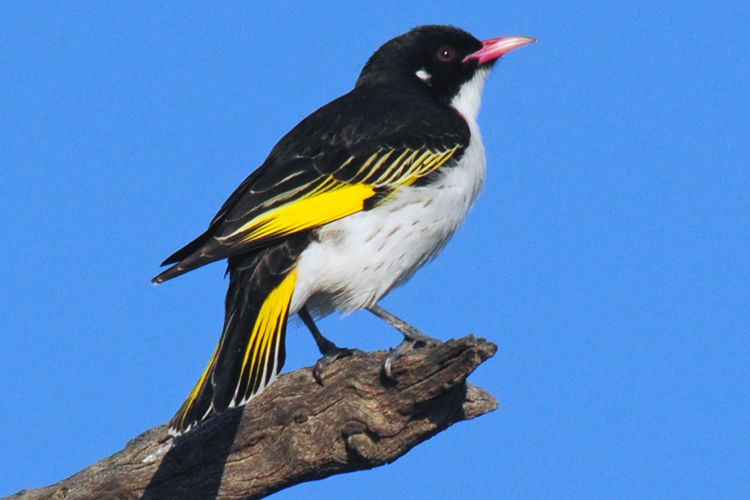
Trending now: The new Threatened Species Index for Australian birds
Tuesday, 12 March 2019 -
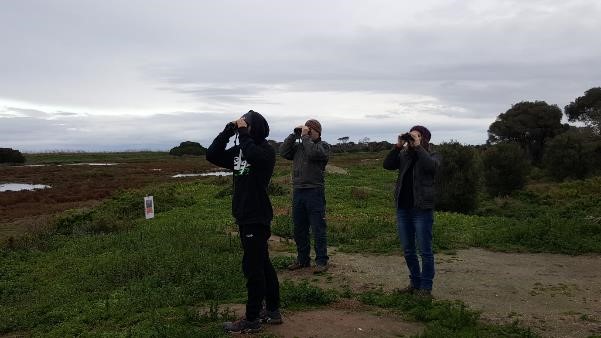
Calling for big data
Thursday, 06 October 2016 -
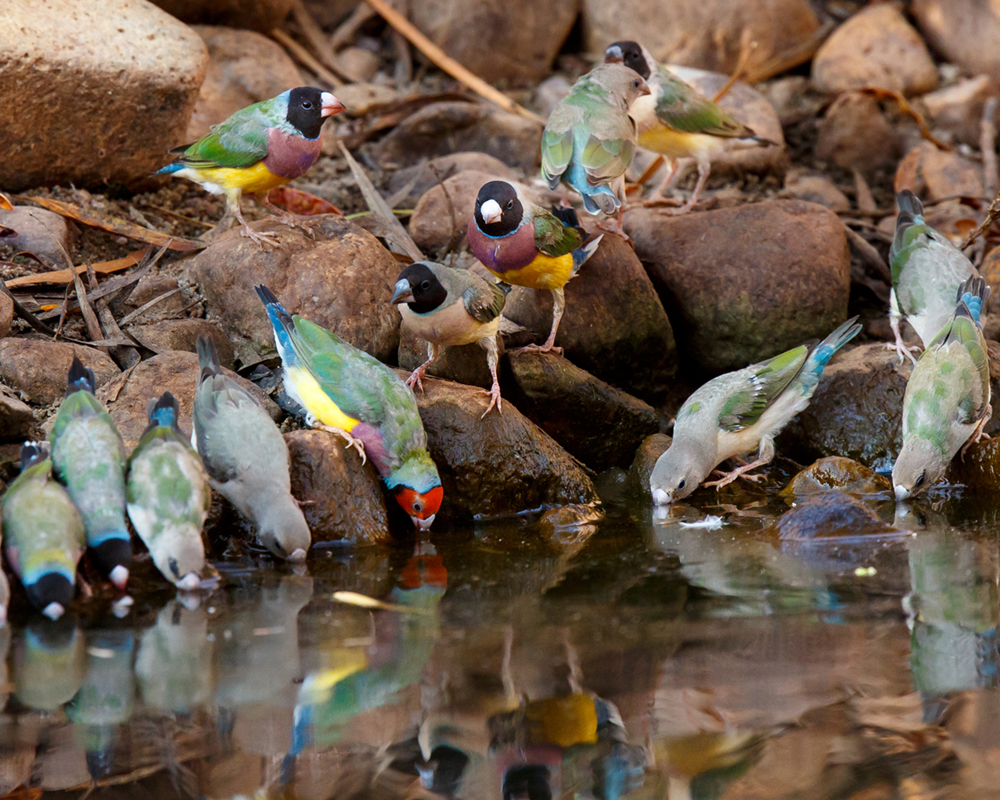
Australian threatened bird populations drop by half in 30 years on average
Tuesday, 27 November 2018 -
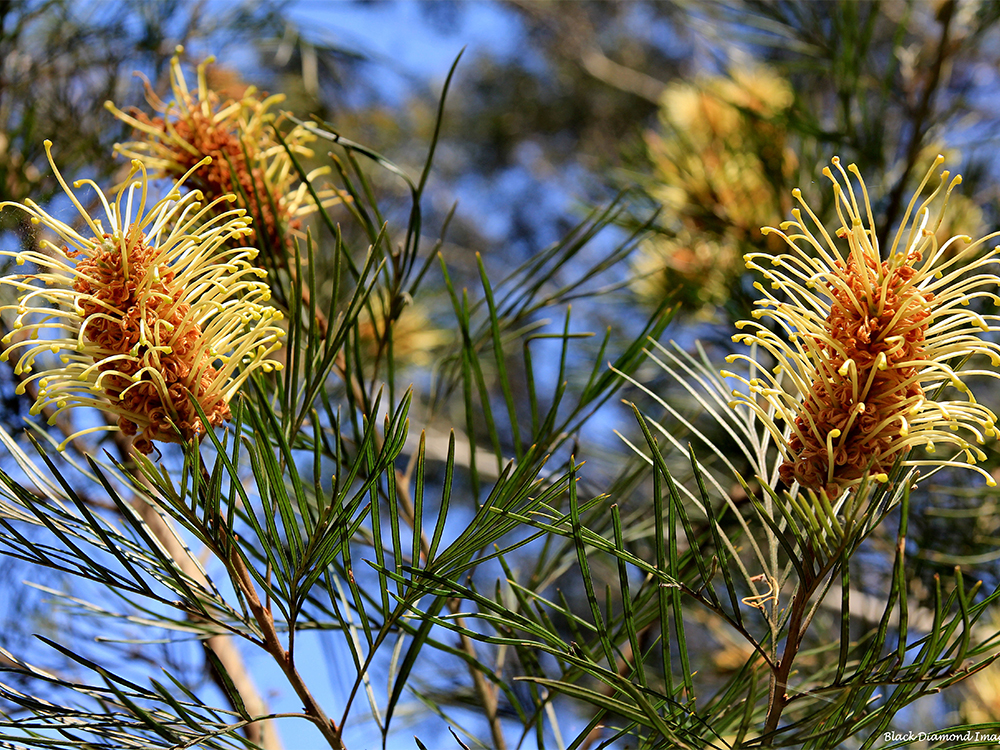
Threatened plant trends in the spotlight
Thursday, 11 March 2021



